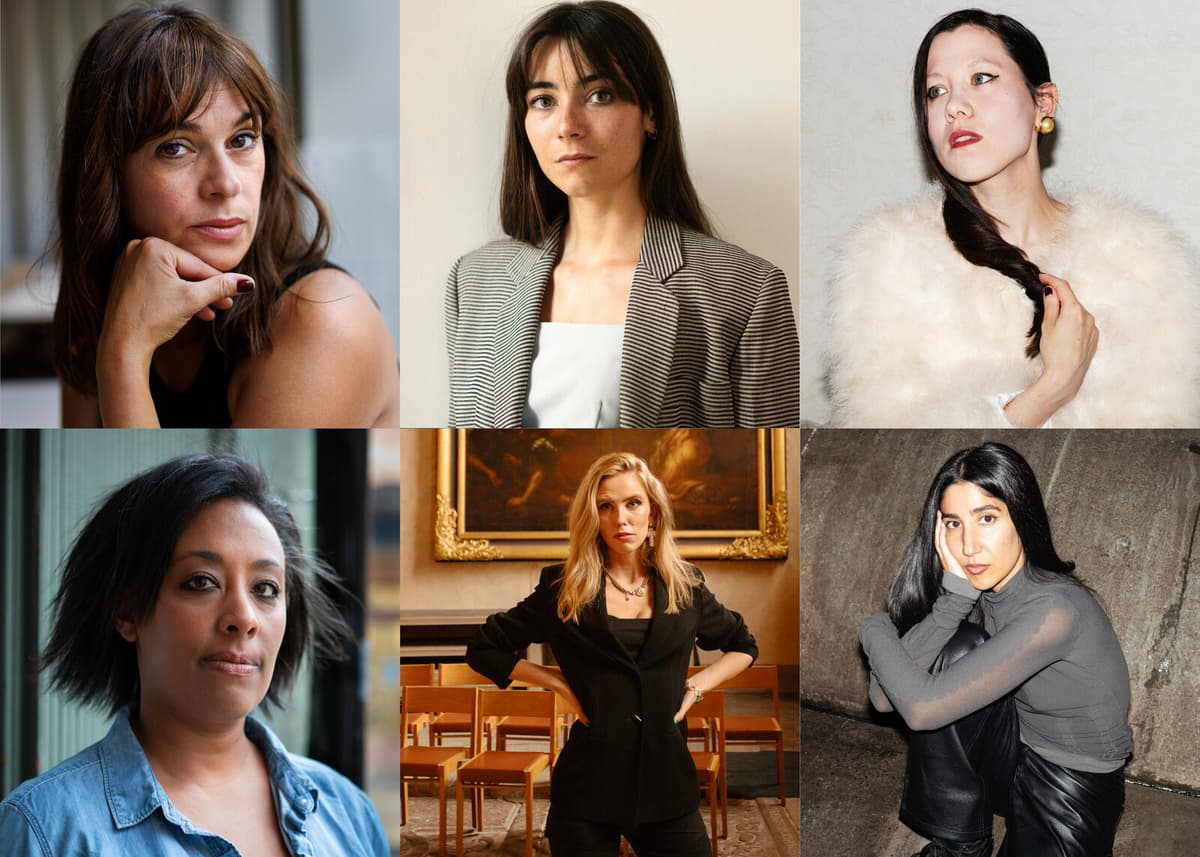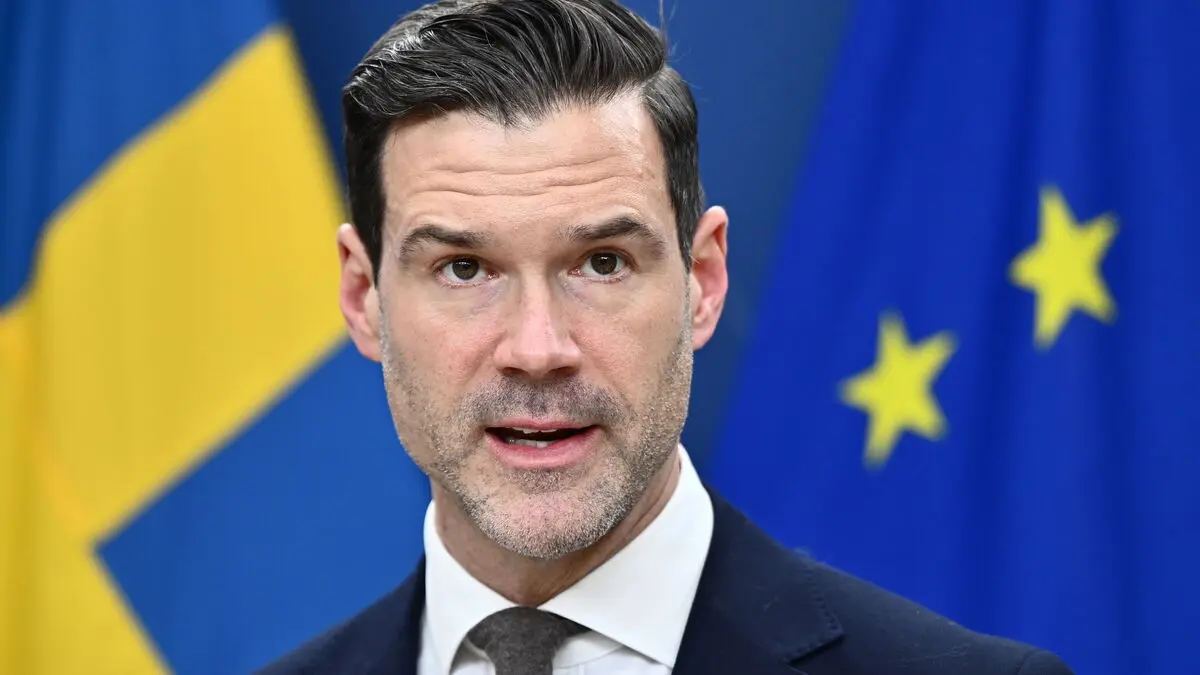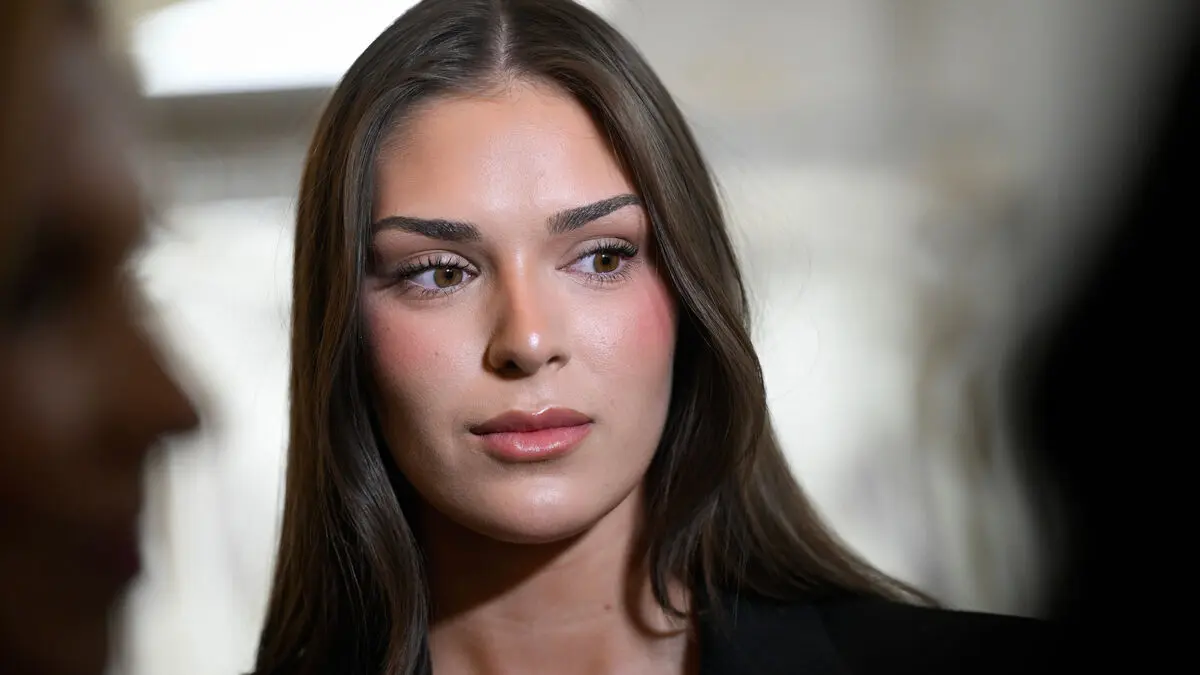It's looking up for debutants, according to the industry magazine Svensk Bokhandel's catalogue of spring books. This spring, 81 authors are debuting, compared to last spring's 75. No major increase, and at Albert Bonniers publishing house, literary publisher Helena Ljungström doesn't notice it:
Since eight years ago, we've had a digital manuscript system, so it's easy to compare the numbers from year to year. They show that the number of submitted and published debut manuscripts is at a steady level, she says.
Through the eye of a needle
Helena Ljungström is in charge of Albert Bonniers publishing house's internal debutant manuscript group, which annually receives between 2,500 and 3,000 literary manuscripts. Of these, only a fraction are published. This spring, it's about five manuscripts that have passed through the eye of a needle: a short story collection, three novels, and a thriller.
It hasn't become harder to get accepted. But it's harder to get attention today. The competition has become much greater. Debutants really have to fight for attention.
If you count the audiobook category, the number of debuting authors has actually increased dramatically. But if you stick to traditional paper publishing, it's roughly "business as usual". The same goes for the medium-sized publisher Ordfront. The publisher has introduced a manuscript stop because they can't keep up otherwise, but will publish two literary debutants this spring.
It's normal, says publisher Pelle Andersson.
"There's a media logic"
But he doesn't agree that it's hard for a debutant to get attention and break through.
If you debut and write about a trendy topic, there's a media logic that says "we write about this because it's new". If the author doesn't do something completely different in book two, the interest disappears. Then it becomes harder, says Pelle Andersson.
Both Helena Ljungström and Pelle Andersson say they're looking for unique stories with the potential to become bestsellers.
We of course have an interest in our debutants differing from each other in genre and style, says Helena Ljungström.
But Pelle Andersson adds that the hunt for the unique has changed somewhat due to audiobook services:
A traditional literary author should have a unique language and story. But for audiobooks, it's more about recognition. It's a kind of Netflix effect where listeners want more of the same: preferably thriller or feel-good series, he says.
Ellika Lagerlöf: "The Last Castrato" 10/1
Denise Henningsson Lindell: "Through Silent Skies" 15/1
Magnus Bremmer: "At the Edge of Sight" 23/1
Evelyn Scala Schreiber: "The Private Girl" 28/1
Sanna Kullin: "The Gothenburg Syndrome" 29/1
Sanja Särman: "Feng Yongxu's Ability to Cry" 21/2
Jonathan Brott: "100 Poems" 6/3
Tina Norin: "The Milk Hare" 12/3
Leila Inanna Sultan: "The Penal Colony" 24/3
Katarina Muhr: "It Stays Between Us" 26/3
Sam Hultin: "Eva-Lisa's Monument" 26/3
Helena Lindegren: "More or Less Human" 31/3
Michael Vallinder: "The Autumn of Miracles" 1/4
Segen Meles: "Dad" 10/4
Melanie Kitti: "Half Urn, Half Grail" 12/4
Victor Johansson: "Panorama" 15/4
Linda Vodopija Stark: "Your Lives Flow Through Me" 22/4
Alva Skog: "Taggig" 24/4
Nanna Olasdotter Hallberg: "The Forgiveness of Sins" 30/4
(The dates indicated are mostly review dates.)





